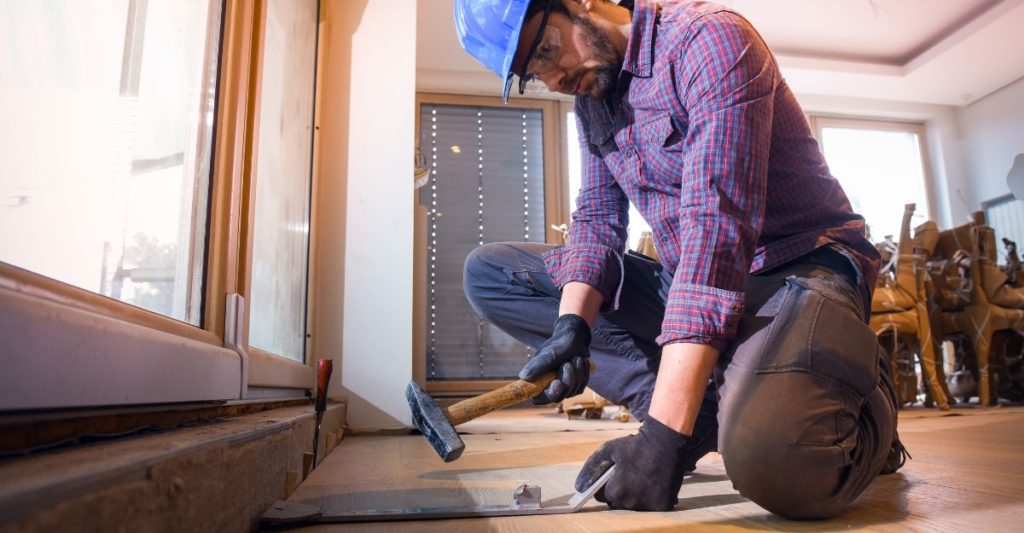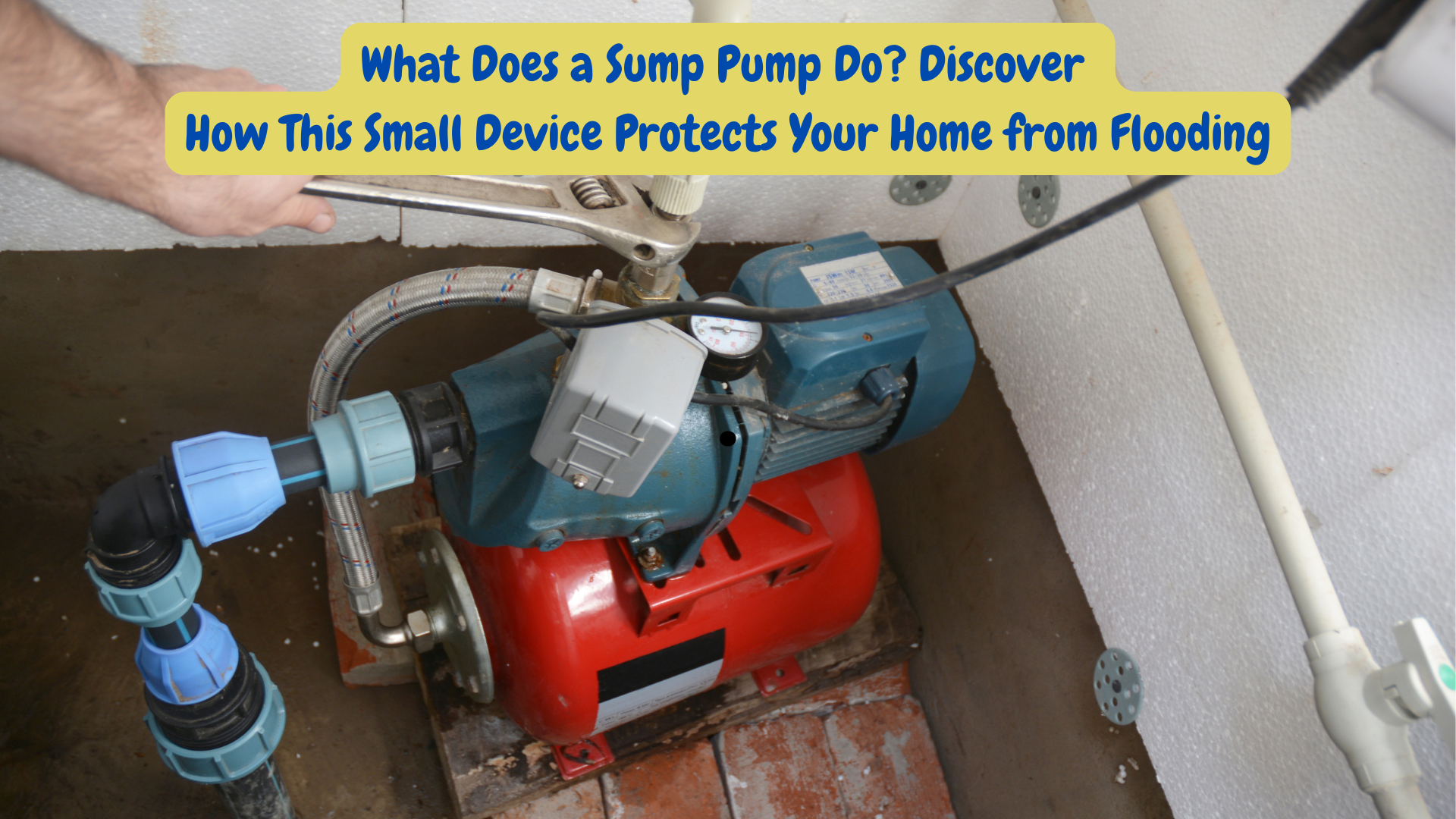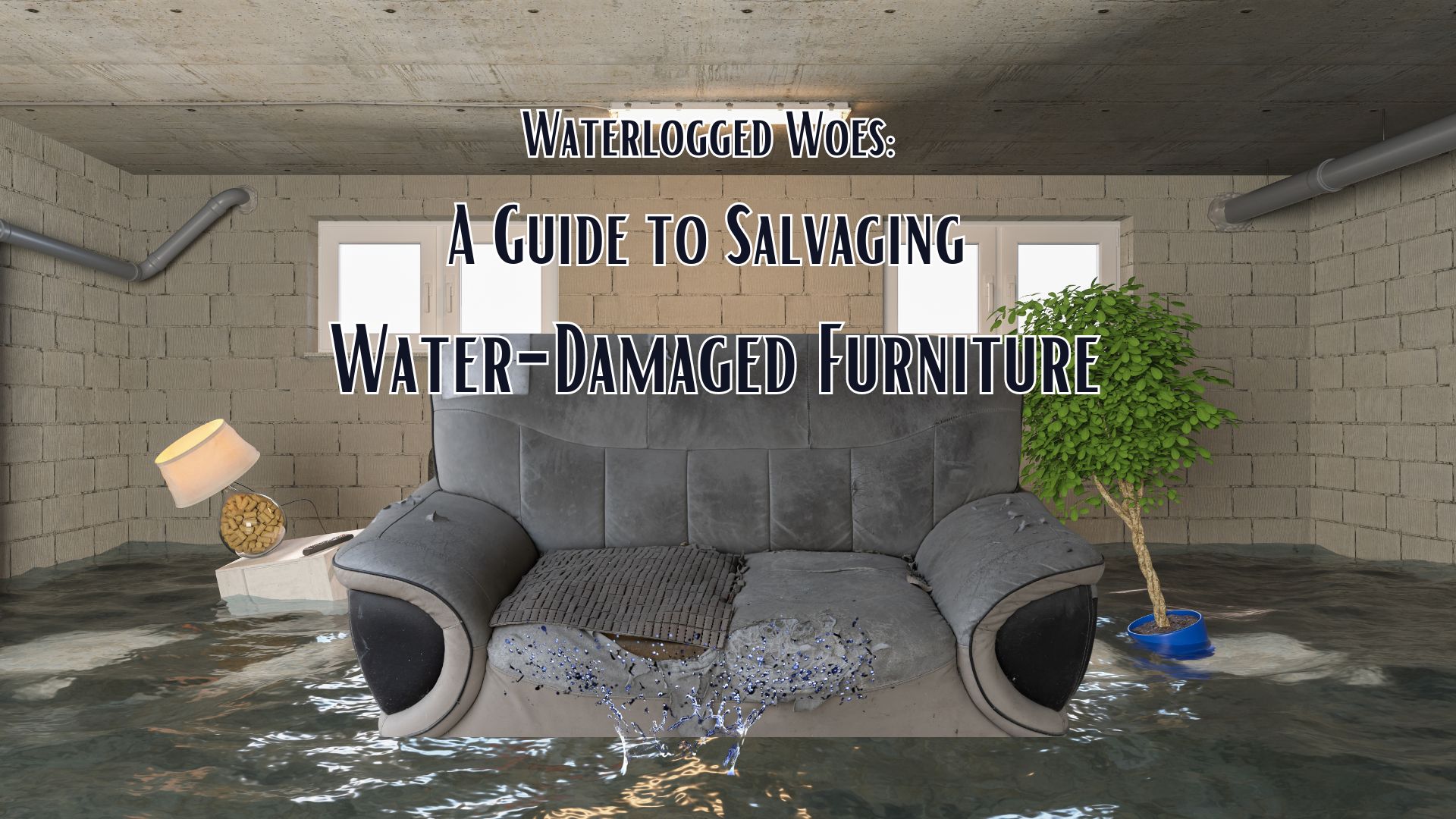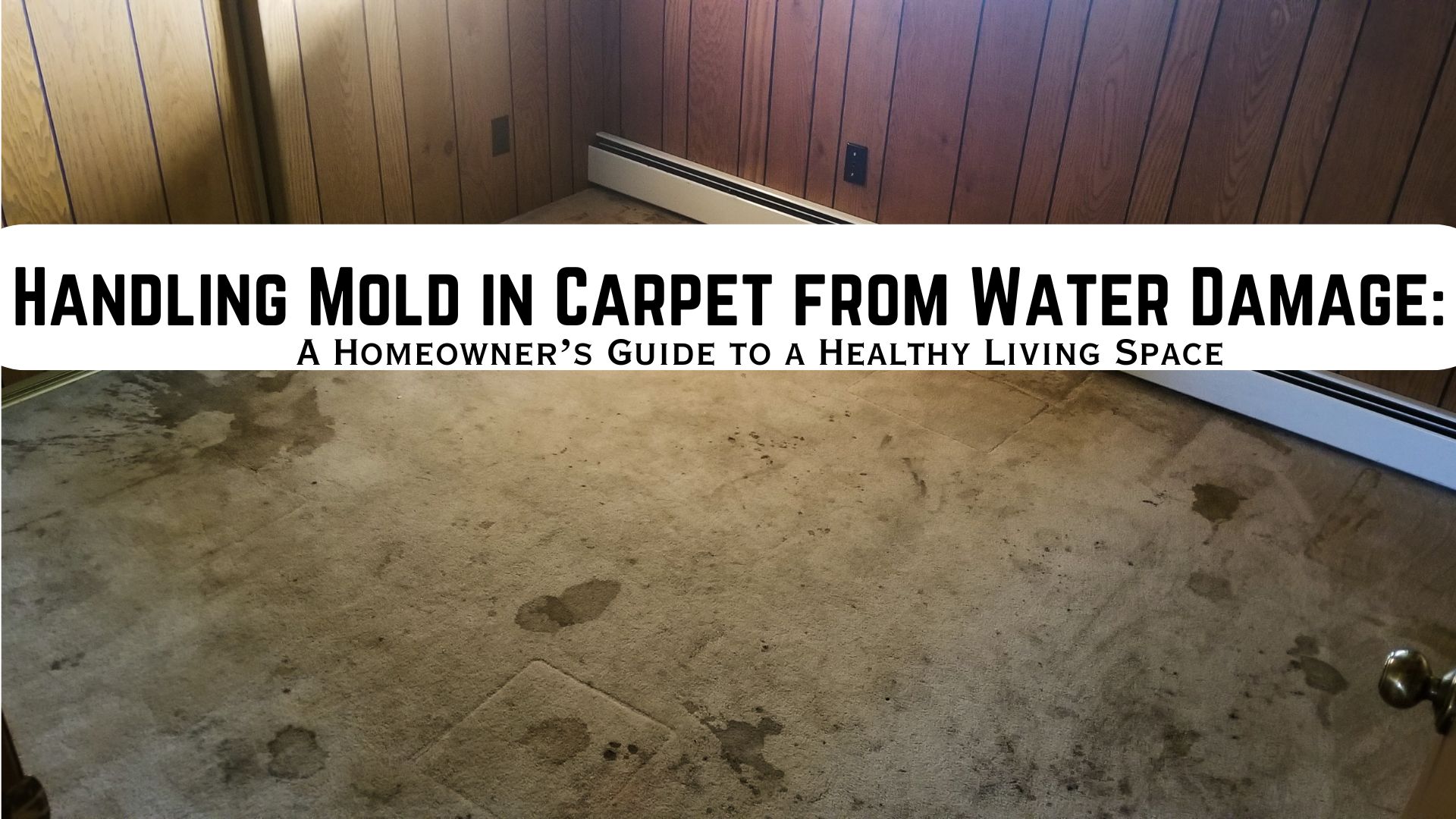
Although hardwood floors are known to be heavy-duty, you can still recognize issues occasionally. It’s bothersome to walk into your hallway or room and see something like cupped floors. Floor cupping happens to both engineered and solid wood flooring. As you read this article, you will understand what causes hardwood floors to cup, learn how to repair your floors, and prevent cupping from re-occurring.
So, What is Hardwood Floor Cupping?
Hardwood floors’ usual reaction to dampness is floor cupping. Both solid and engineered wood flooring is composed of genuine wood that curves when it sucks up water. When liquid flows into a board of wood flooring, the side of the wood closest to the damp part will swell. Cupping happens when the sides of the board become higher than the middle of the wood floor, forming a curve inwards.
In addition, cupped wood floors can cause grave structural issues. If the wood floor keeps expanding and cupping, it can develop spaces between the planks of wood flooring, leading to further damage as it buckles off from the subfloor. Once you notice cupped wood floors in your house, solve the issue immediately to avoid more water damage.
What Causes Hardwood Floors to Cup?
Knowing the usual causes of floor cupping helps you address the issue appropriately. The main reason why wood floor cups is none other than moisture. Wood can absorb liquid since it is a spongy material. So, when you figure out where this moisture springs from, you can take the necessary steps to prevent it from impairing your wood flooring.
1. Levels of Humidity
Humidity greatly affects the condition of your home’s hardwood floors. Wood usually matches its inner moisture content to the capacity of moisture in the air around it. It means that if your area is in high humidity, the wood floors will sponge up further moisture, causing them to swell and cup.
On the contrary, low humidity will dry out and shrink your floors. The humidity levels in your home vary from humid summers to dry winters. Luckily, floor cupping triggered by humidity is often less harsh and may even put itself right when the season alters.
2. Moisture through the Subfloors (wood or concrete slab)
Moisture can seep into the wood boards through the subfloors. Generally, it occurs in houses with crawl spaces or basements that are damper than any room in the home. Water damage all over the subfloors (because of leaky waterlines or another issue) can also infiltrate the wood floors from beneath.
The subfloor is a crucial part of your property’s flooring, so ensure you prepare it appropriately before having your wood flooring installed. Clean and completely dry the subfloor to remove moisture problems before laying down the first boards.
3. Spills and Leaks
Water damage will likely follow when there are frequent spills or leaks. If there are any liquid spills, be sure to wipe them up swiftly and thoroughly, and make sure to dry the wood floors completely. On wet days, always check the entryways and mudrooms for water accumulation on the floor as people enter and walk into your home.
However, spills and leaks coming from sinks, loading washers, dishwashers, pipes beneath the surface, and other areas of the plumbing system are not noticeable. If you see floor cupping in the home and cannot discover the source, your house may have significant water damage. Contact a professional immediately to address the issue right away.
4. Inappropriate Installation
Improper or inappropriate installation of floors can cause cupping. Failure to inspect the subfloor and wood floors’ moisture content using a wood moisture meter can lead to this issue. Indeed, preparing the subfloor is essential to effective, durable hardwood floors. So if you emplace your home’s wood flooring while the subfloor is moist, it can cause water damage issues in the future.
In addition, it is vital to ensure the floorboards hold a steady inner moisture content level that will stay functional for a long time. One instance is a situation with air conditioning. When you use air conditioning while installing the wood floors, the room’s level of humidity will change, causing moisture imbalance in the floorboards. Lay wood boards down when the dampness levels in the room become stab

How to Repair Hardwood Floor Cupping
1. The first step you should do if you recognize floor cupping in your house is to find the water damage source. You disregard the possible long-term issue if you only dry out your flooring without resolving the underlying problem.
Once you have located the source of the issue, you can begin getting the wood floors returned to their proper state.
2. For slight floor cupping, the repair task might be as simple as controlling the humidity level in the room with a dehumidifier. You can check the moisture content of your flooring from time to time.
3. For greater damage, however, consulting a professional is the best choice. Do not sand a cupped floor, as it can produce more issues when the wood begins to shrink again.
4. Take note that cupping happens on a board-by-board basis. Even if a portion of the hardwood floor is unrepairable, you may only have to change some floorboards.
Tips to Prevent Cupping of Hardwood Floors
To help preserve your wood floors against cupping, you may consider following these ways:
1. Choose hardwood floors manufactured in the same climate as the location where they will be installed.
2. Adhere to your floorboards appropriately.
3. Place whole-home humidifiers to monitor and control the moisture levels in your house.
4. Do not damp-mop your hardwood floor.
5. Run stove or bathroom vents as much as possible, specifically while cooking or showering for over ten minutes.
For Major Water Damage Issues, Hire Superior Restoration
Indeed, it’s a great responsibility to own hardwood flooring. However, when water damage occurs to your floor and the repair task is not as easy as you expect. And even you already have an idea on what causes hardwood floors to cup, it is still best to hire a professional like Superior Restoration.
Our company has excellent people who use modern equipment and technique to correct any water damage concerns you may encounter on your property. For more details about our restoration services, call us today. We are ready to assist you 24/7, specifically in emergency cases.



